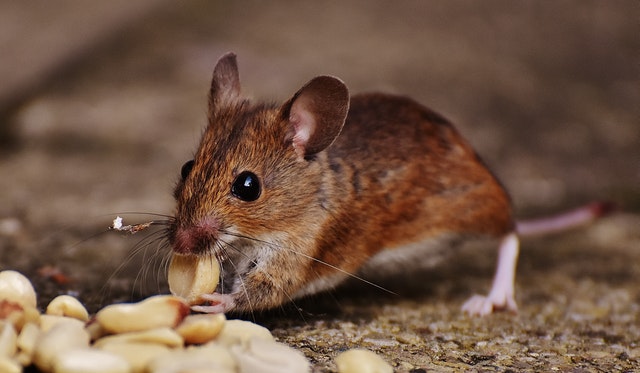In a perfect world, humans can decide who and what they’re willing to share their homes with. But life won’t always play out according to our favor, and there’s the possibility that we end up sharing our humble dwellings with uninvited guests from time to time.
This is a contributed post and does not necessarily reflect the opinions of Meet The Harris Family.
Living with pests is one of the hardest facts for most homeowners. When left unchecked, pests can turn into nightmares that can wreak havoc into your garden, property, or, worse, the health of family members. These pests vary from ticks, mosquitoes, flies, termites, and other critters that are constantly looking for food and shelter. Other homeowners are extending their pest control services such as mosquito and tick prevention and management to avoid the diseases these insects carry.
Besides these little critters, pests concerns include wild animals such as pigeons, rabbits, deer, rodents, and raccoon. Others can be so thrilled about evicting these unwanted tenants that they resort to extreme measures. While pest control is designed to kill pests efficiently and quickly, it doesn’t mean we have to kill them in a manner we have become accustomed to. This is where humane pest control comes in that focuses on eliminating pests without causing them harm.
What is humane pest control?
Humane pest control, also known as “wildlife removal,” is the process of eliminating unwanted pests or wild animals out of your residence without hurting or killing them. Homeowners who don’t have an active pest infestation in and around their homes should also rely on humane approaches to prevent pests from reaching their property in the first place. But if you have an existing pest problem, humane pest removal services eliminate the pest problem while minimizing harm and stress to the animal itself.
Professional wildlife control and humane pest services tackle the whole pest problem by looking at the big picture to solve the growing infestation and avoid future problems. They start by thoroughly assessing the situation to determine how and where the pest problem started and how to keep them from invading your house again.
Humane Society International recommends that as soon as you detect a pest issue, address the problem right away. Identify what brought the pests to your property and remove all possible causes. These measures include recycling and securing the garbage and compost receptacles. Look for no-kill approaches to eliminate the pests from your house, and close holes and other entry points where they can enter again.
Benefits of humane pest control
Basically, wildlife control and humane pest control methods aim to eliminate suffering and pain for uninvited animals. For example, rodent traps kill rats almost instantly or injure them until they die because of pain and misery. Poisons and pesticides take effect depending on the chemical substance used, and they can take minutes, hours, or days to get the desired results.
Humane methods, on the other hand, eliminate this problem entirely. They also address the chances of letting baby animals become orphaned when their mothers are killed. The target pest will not only benefit from humane pest and wildlife control but also your family, pets, property, and the environment.
Traditional poisons and pesticides contain toxic substances that can trigger a range of health problems, or worse, kill someone upon making contact. Avoiding exterminators that depend on harmful chemicals will ensure your family, pets, and the environment is in safer hands.
Forms of humane pest control
Whether you plan to hire a pest control service or do it yourself, there are plenty of humane methods to get rid of pests in the safest way.
If you have rodents at home, use live trapping by capturing the animal safely and relocating them away from your home. It is advisable to let a professional work on this as they know how to handle the animal without allowing them to feel stressed and agitated.
Another method is putting a one-way door on the entry point. Once the animal passes through the entry point, the door will slam shut, preventing them from returning to your house. This works best for large animals such as bats, raccoon, and squirrels.
Nest removal is an example of a humane pest control method that works for bees and bird infestation. This involves the removal of nests in problem areas to eliminate all breeding grounds. Others use ultrasonic bird scarers that emit a high-frequency sound to prevent birds from coming into your property in the first place.
If the idea of having pests invading your residence brings chills, but you can’t stand the idea of making them suffer, a humane pest control approach is a more suitable solution. You can always turn to wildlife control services or professional humane pest control to avail the most humane method of stopping uninvited animals from invading your home again.